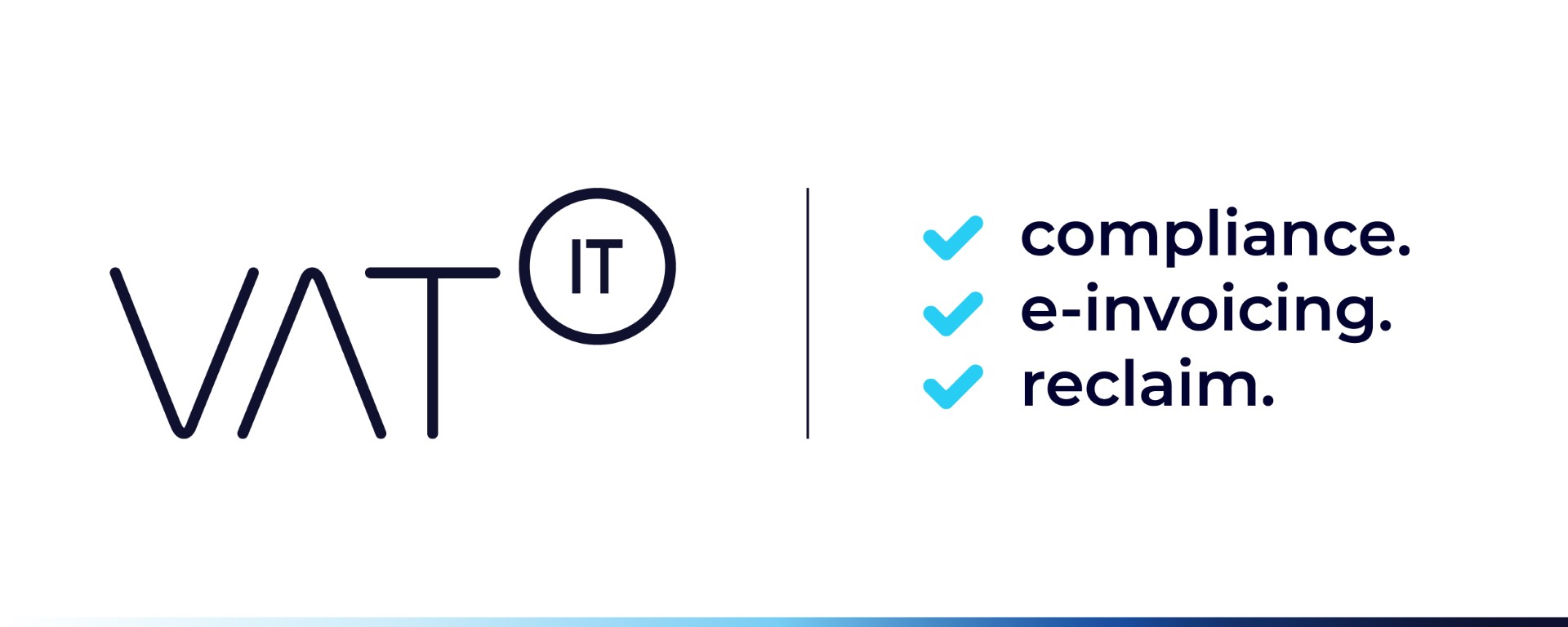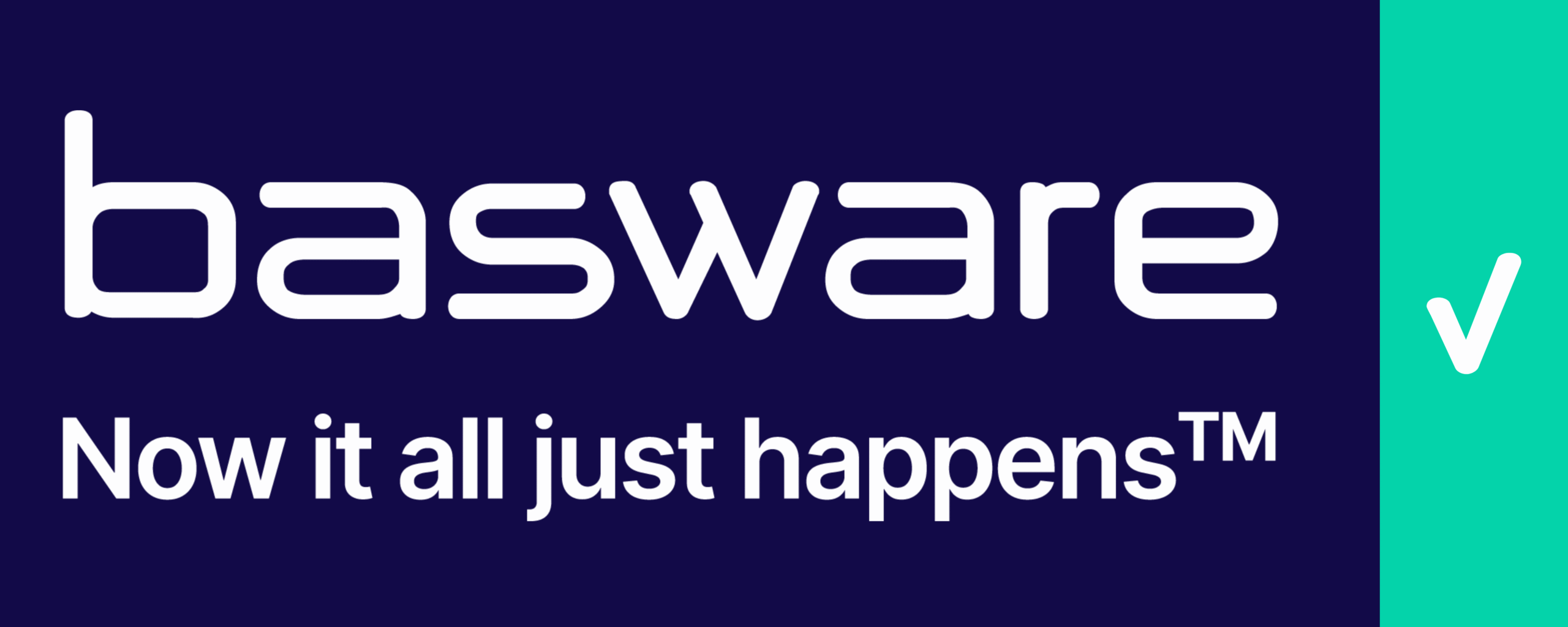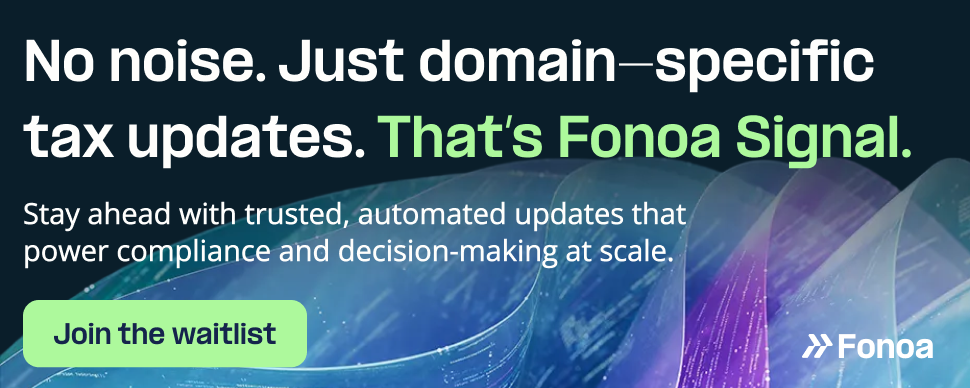- Customers in Ghana can verify the authenticity of an E-VAT invoice or receipt on their own
- Every valid E-VAT receipt must contain a readable QR code with important information
- Customers can scan the QR code with a smartphone or QR code scanning device to confirm authenticity
- Customers should ensure key details are present on the receipt, such as seller’s information, invoice number, and tax amounts
- Customers can also verify the E-VAT invoice and receipt via the GRA’s online portal for real-time verification.
Source: fiscal-requirements.com
Note that this post was (partially) written with the help of AI. It is always useful to review the original source material, and where needed to obtain (local) advice from a specialist.
Latest Posts in "Ghana"
- Finance Minister to Cut VAT, Overhaul Tax Laws, and Boost Jobs in 2026 Budget
- Delayed VAT Reform Jeopardizes Fiscal Consolidation and Revenue Mobilization in Ghana
- Ghana’s Complex VAT System Deters Investors, Tax Expert Warns
- Evaluating Ghana’s VAT System: Current Model and Future Impact of Proposed Reforms
- Global VAT Rate Changes: Finland, Fiji, and Ghana Updates for 2025-2026














